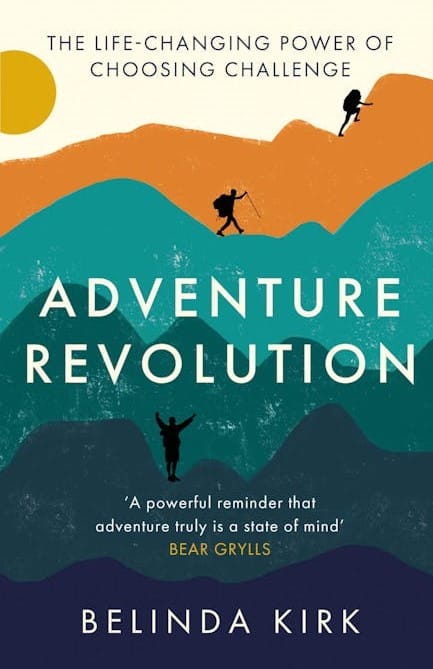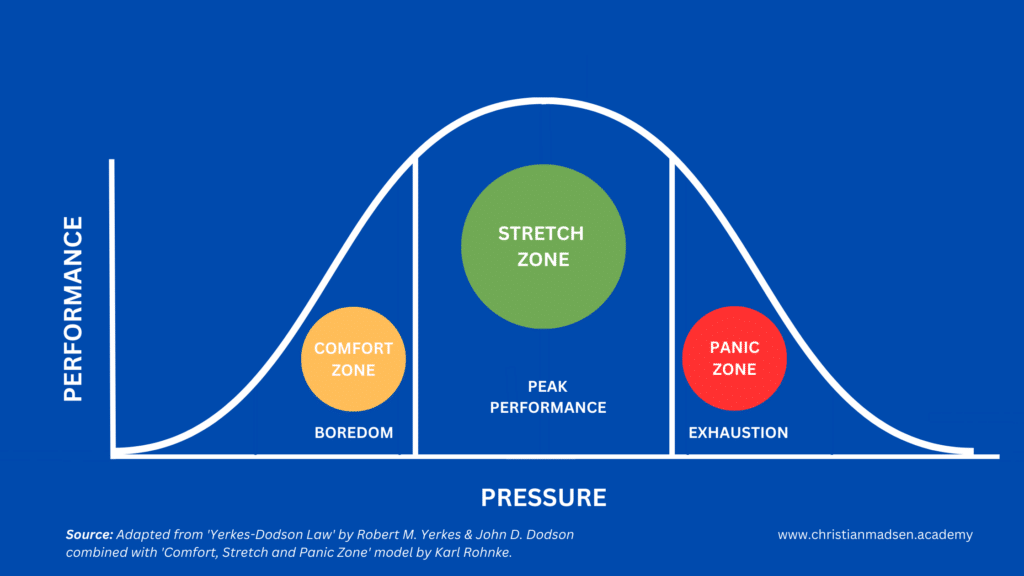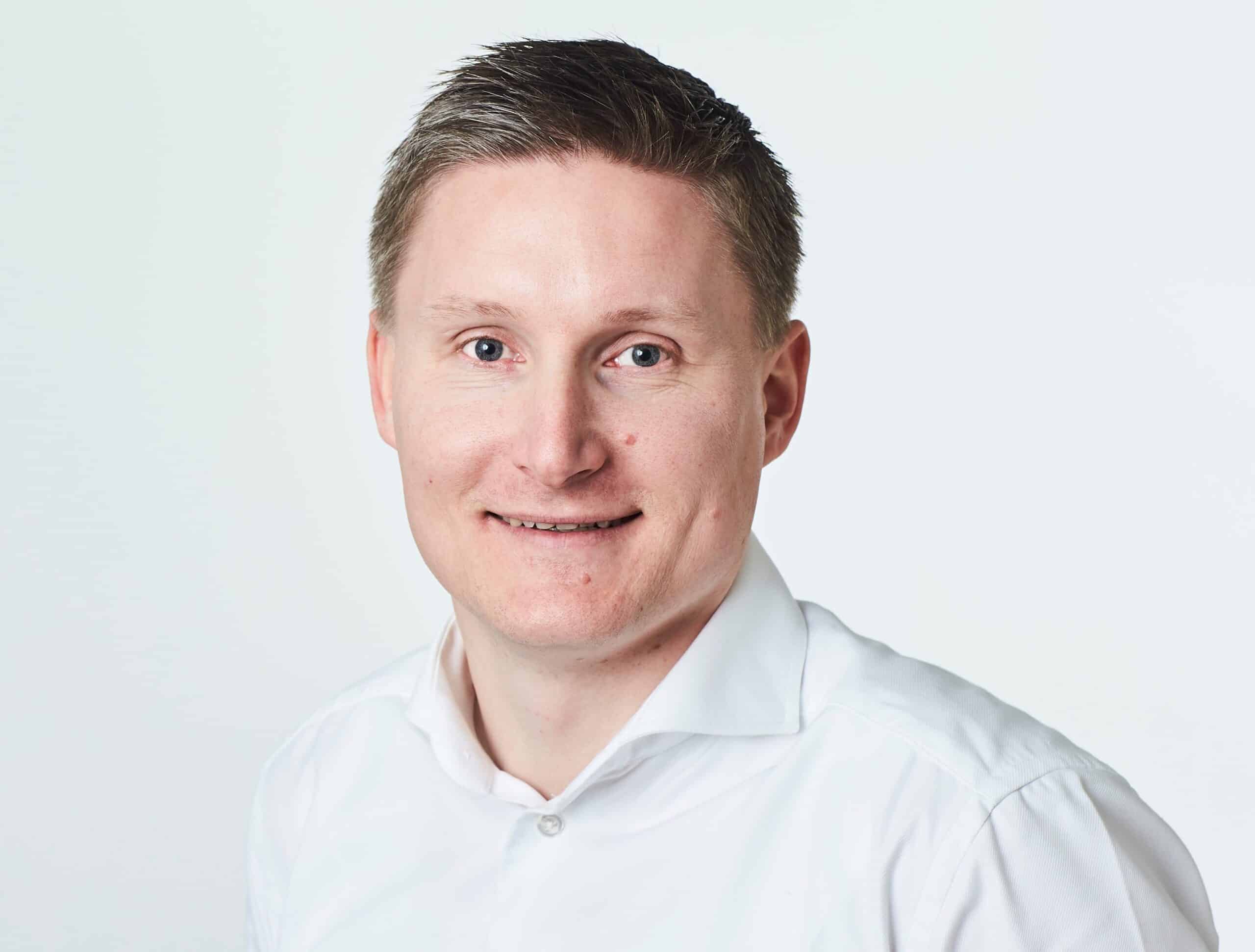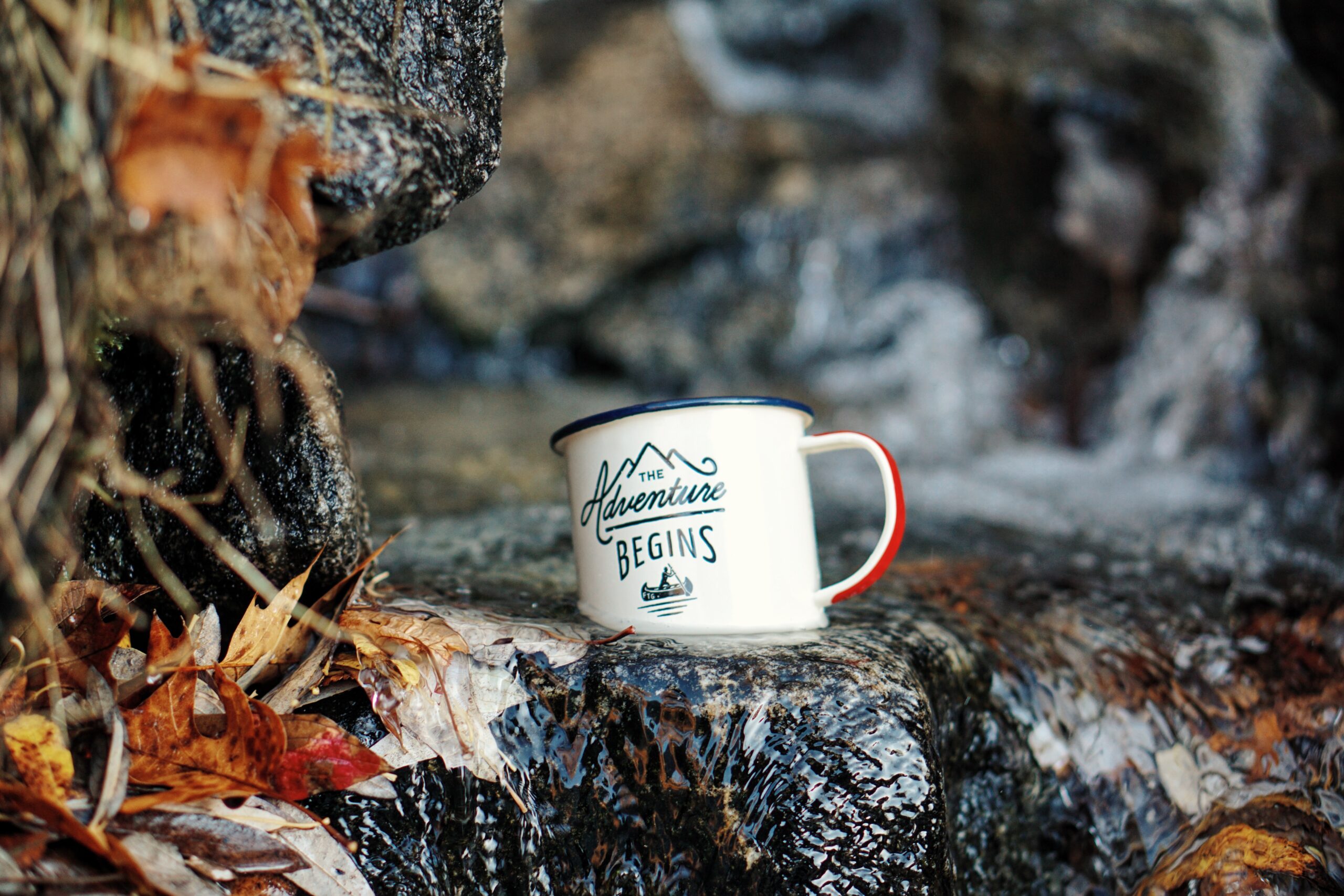It is fascinating how adventuring can unleash a wealth of flourishing, well-being and learning for us human beings. During COVID-19, we really experienced what it feels like to be isolated in our own houses, apartments and smaller spaces. Nature and being outdoors became the savior for many people.
Life is full of adventures. We just need to discover them personally and professionally. They don’t happen by themselves, we need to seek them.
In this blog article, I will discuss adventure and how you can discover and explore your Stretch Zone or that of your team to develop, grow and realize your full potential.
“Life is either a daring adventure or nothing at all.”
Helen Keller
Adventure is a powerful state of mind.
During the summer, I read an inspiring book called Adventure Revolution by the explorer, author and speaker, Belinda Kirk. She has among others been an outdoor expedition leader and managed remote filming trips for BBC and for wilderness survivalists Ray Mears, Bear Grylls and Chris Ryan.
Belinda Kirk is a leading voice when it comes to promoting the benefits of adventure on well-being, which is an intriguing interconnection.

In her book, Belinda Kirk argues that we have to acknowledge adventure as part of the solution to peak mental and physical health (well-being)[1]. She also mentions that adventure is flourishing and realizing our potential as human beings[1].
She connects adventure with human potential, high performance and well-being.
That is a refreshing perspective, that really resonates with me. Because adventure is more so a powerful mindset. Belinda Kirk defines adventure as voluntary activity — a mix between challenge, adversity and uncertainty[1].
A simple equation[1]: ➔ Adventure = Challenge + Adversity + Uncertainty 🙂
Other established explanations describe adventure as ‘a variety of self-initiated activities and experiences, usually utilizing a close interaction with the natural environment, that contain elements of real or apparent risk, in which the outcome is uncertain but can be influenced by participant and/or circumstance’[1].
So, there are elements of risk taking, uncertainty and test of your ability.
According to Belinda Kirk, adventure has always been pivotal in human development[1]. We have just become separated from adventure in our everyday lives[1]. It has shifted to primarily recreational[1].
Perhaps that’s part of the answer why well-being stagnates, because life has become too comfortable?
Adventure also involves feeling uncomfortable at some point[1]. And this is where adversity comes in. To be able to push through uncomfortable physical or psychological obstacles[1].
Well-being lies on the other side as a payoff.
In fact previous studies also suggest that well-being is a skill[2]. A skill that can be practiced and strengthened like a muscle. Adventuring can be a way to accommodate that.
Like Belinda Kirk, I also believe that adventure is more and more essential to well-being. I warmly recommend the book.
Next, let’s move to the topic of stretching, learning and thereby growing as levers for optimal high performance.
How to discover your Stretch Zone.
Most of us live our lives and spend the majority of the time in a metaphorical, invisible circle or zone, our comfort zone[1]. It’s within this space that everything is familiar, predictable and comfortable to us. This is also where we have our habits and routines that are easy to handle.
The below bell curve combines the Yerkes-Dodson law of human performance and stress[3], which was originally developed by the psychologists Robert M. Yerkes and John D. Dodson back in 1908, with Karl Rohnke’s ‘Comfort, Stretch and Panic Zone’ model[4].
Karl Rohnke has been an influential voice for experiential/adventure education since the 1960s.
I discussed the balance between performance and stress (arousal or pressure) in my previous blog article How to Build Better High-Performing Teams With 85% Optimal Effort.
As you can see from the bell curve below, your comfort zone is also the place where you may get complacent, disengaged and even bored[1]. So, this is not the place where much new learning happens.
It’s also a space with little pressure or stress, which also affects performance as you can see.
We should spend time in our comfort zone, but not all of our time, because then we become disengaged and perhaps even stuck in old bad habits, behaviors and routines.

When you try something new or do something different, you step into the unknown.
This is known as the stretch zone, which is a challenging and uncomfortable space, where you try something you don’t know if you are able to do. It’s a place of taking some risks and learning new things, so you are able to grow and flourish[1].
It can even sometimes be transformational.
This is also where you gain lot’s of self-knowledge, self-confidence and new supporting beliefs about yourself and you expand your abilities and skills, which again leads to high performance.
You actually expand your comfort zone with these experiences and elevated abilities[1].
So, it’s important to regularly move between your comfort zone and stretch zone (a moderate amount of stretching), because that’s how we are truly able to grow and develop[1]. New exciting research on work flourishing, by Dr. Noémie Le Pertel, shows that workforce flourishing (including learning, growth and development) is a critical lever for meeting the upskilling demands and needs of the future of work[5].
Organizations can support that by investing in measures that promote growth and development, positive relationships, economic stability and physical and mental well-being[5].
Here, arguably leaders and organizations have a responsibility to support that.
However, you are the main responsible for your own learning, growth and development. I personally believe that moving into the stretch zone is also your own key responsibility. Adventuring can be an incredible way to stretch.
“Only those who will risk going too far can possibly find out how far they can go.”
T. S. Eliot
However, with too much challenge and by overly stretching so you exceed your abilities can be detrimental to your performance and well-being. This is when we enter the metaphorical, invisible circle of the panic zone as you can see from the bell curve above.
Now, that is when we become overwhelmed and frightened from the high amount of pressure or stress.
That leads to fatigue and exhaustion. It may even create limiting beliefs that takes time to change to take on challenging tasks again. This is where your performance and well-being deteriorate and decline.
So, it’s about balancing comfort and stretching well and right, which helps us function optimally[1].
It’s the balance between new and routine, comfort and discomfort and between known and unknown[1].
Here’s 4 tips to help discover your stretch zone:
- Try new challenging things and take risks: ask yourself “what can I do to grow and learn today?”
Keep a stretch journal to write about your thoughts on your next stretch goals and adventures. - Be playful and take small fun steps: smaller challenges pushing you just slightly outside your comfort zone
- Celebrate your successes and embrace failures: ask yourself “what happened?”, “what did I learn?”
Learn from your experiences to understand what you can do differently next time. Enjoy your small progress. - Reframe discomfort as opportunity: don’t always take the comfortable path, seek stretch possibilities.
Become comfortable with discomfort by exposing yourself to challenge, adversity and uncertainty.
A great way to strike a balance between your safe comfort zone and moderate amount of stretching is to try something you don’t know if you can do (it tests your ability). Take one small step that doesn’t overwhelm you too much, yet is uncomfortable, but you are able to overcome. Do it every week.
Now, what’s your best stretch zone experiences and adventures? Let me know in the comments.
Partner with me ↓
I help adventurous leaders, teams and professionals reach their true potential, healthy high performance and well-being.
Whenever you’re ready to embark on your transformational journey, get in touch and I’m here to partner with you every step of the way.
References.
[1]Kirk, B. (2021) Adventure Revolution – The life-changing power of choosing challenge, Little Brown Book Group, London: pp. 1-256.
[2]Davidson, R. (2016) The Four Keys to Well-being, Greater Good Science Center. Available at: Greater Good Magazine (greatergoood.berkely.edu). (Accessed 1 July 2023).
[3]Yerkes, R. M. and Dodson, J. D. (1908) The Relation of Strenght of Stimulus to Rapidity of Habit Formation, Journal of Comparative Neurology & Psychology 18(5): pp. 459-482.
[4]Rohnke, K. and Butler, S. (1995) Quicksilver: Adventure Games, Initiative Problems, Trust Activities and a Guide to Effective Leadership, Kendal Hunt Publishing Company, Dubuque, IA: pp. 1-304.
[5]Le Pertel, N. (2023) Why workforce flourishing is critical to upskilling in the future, World Economic Forum. Available at: Future of work (weforum.org). (Accessed 1 July 2023).

